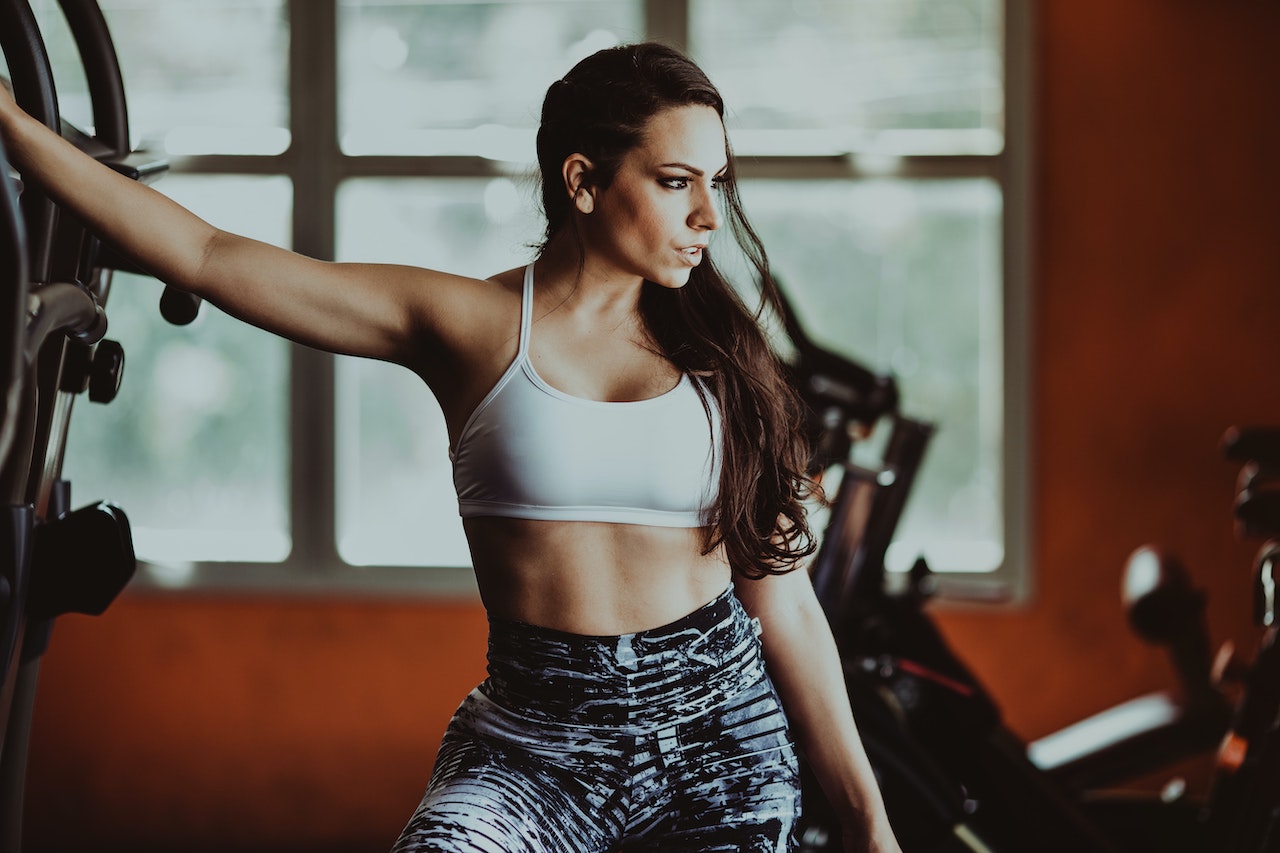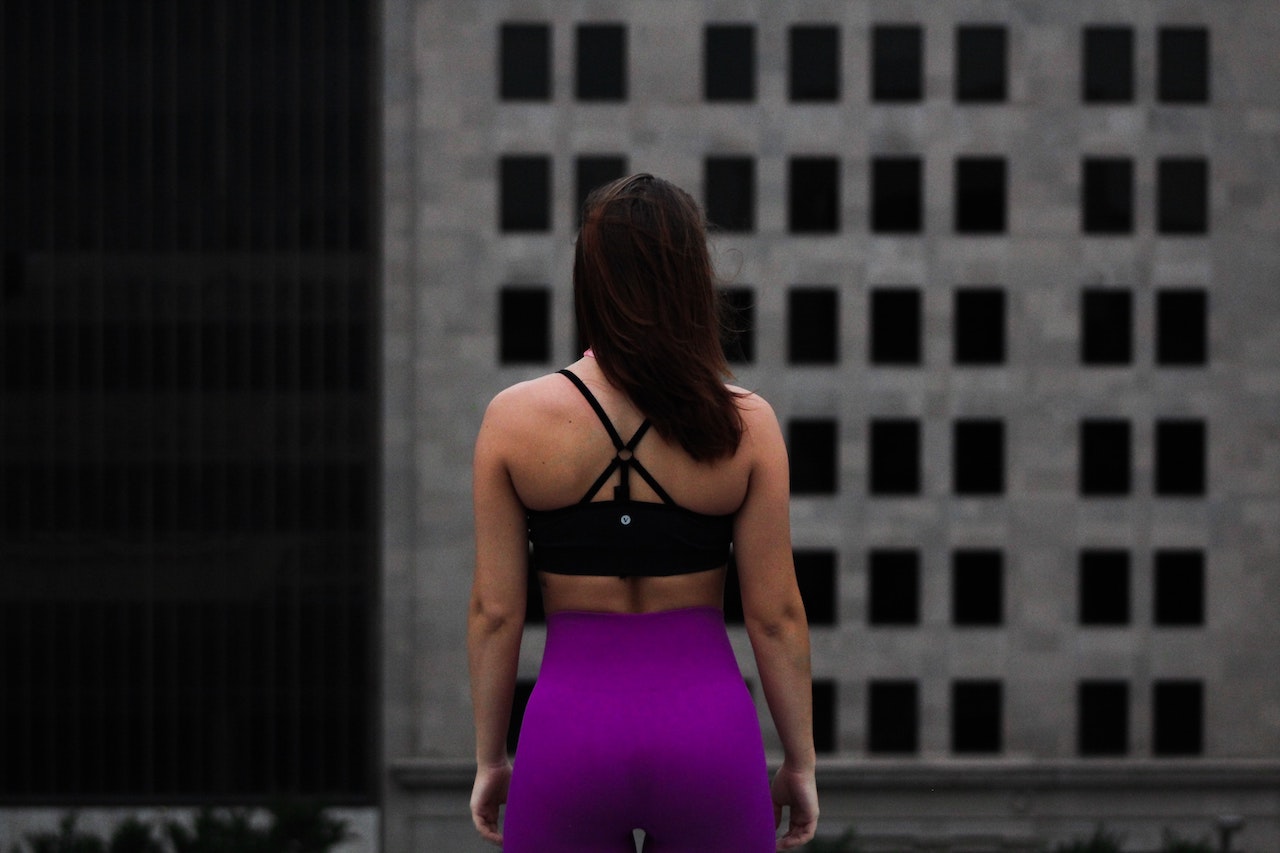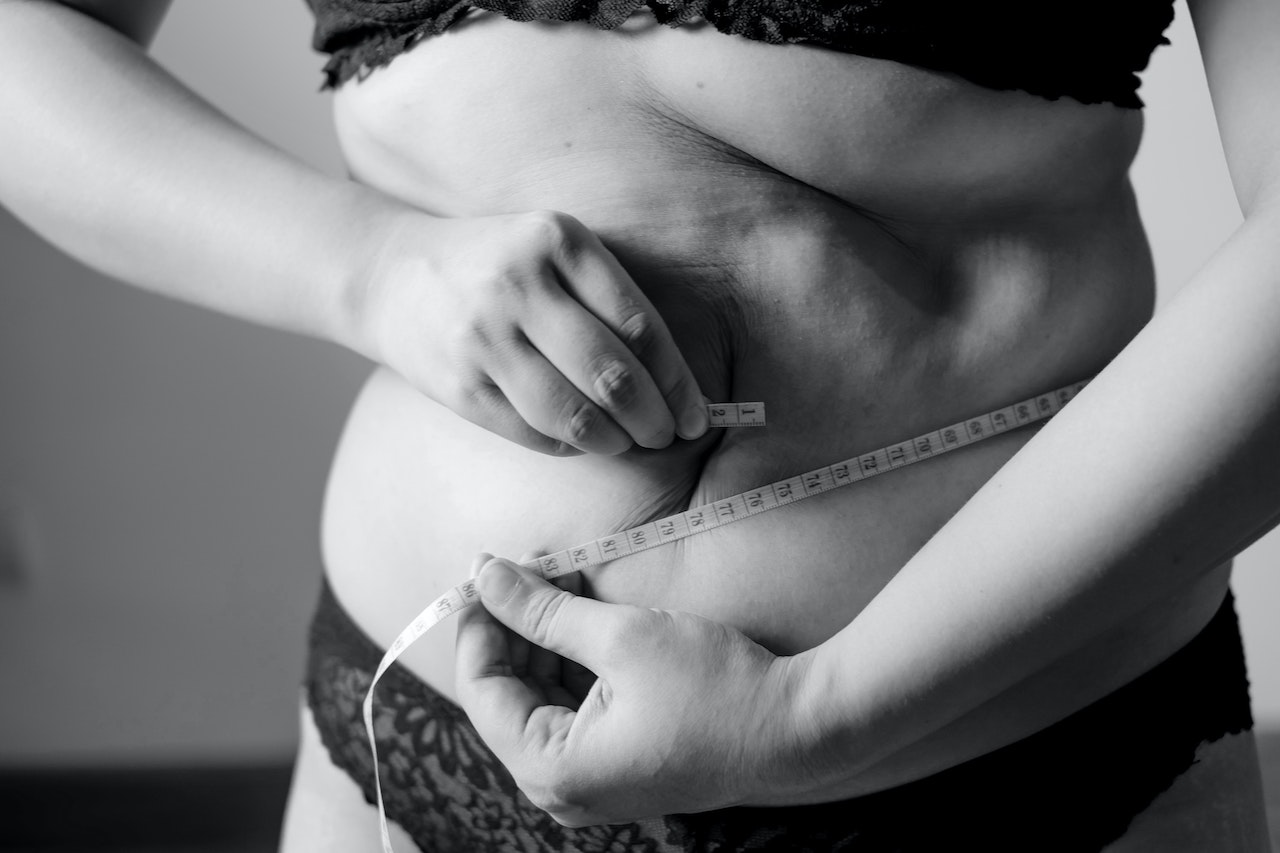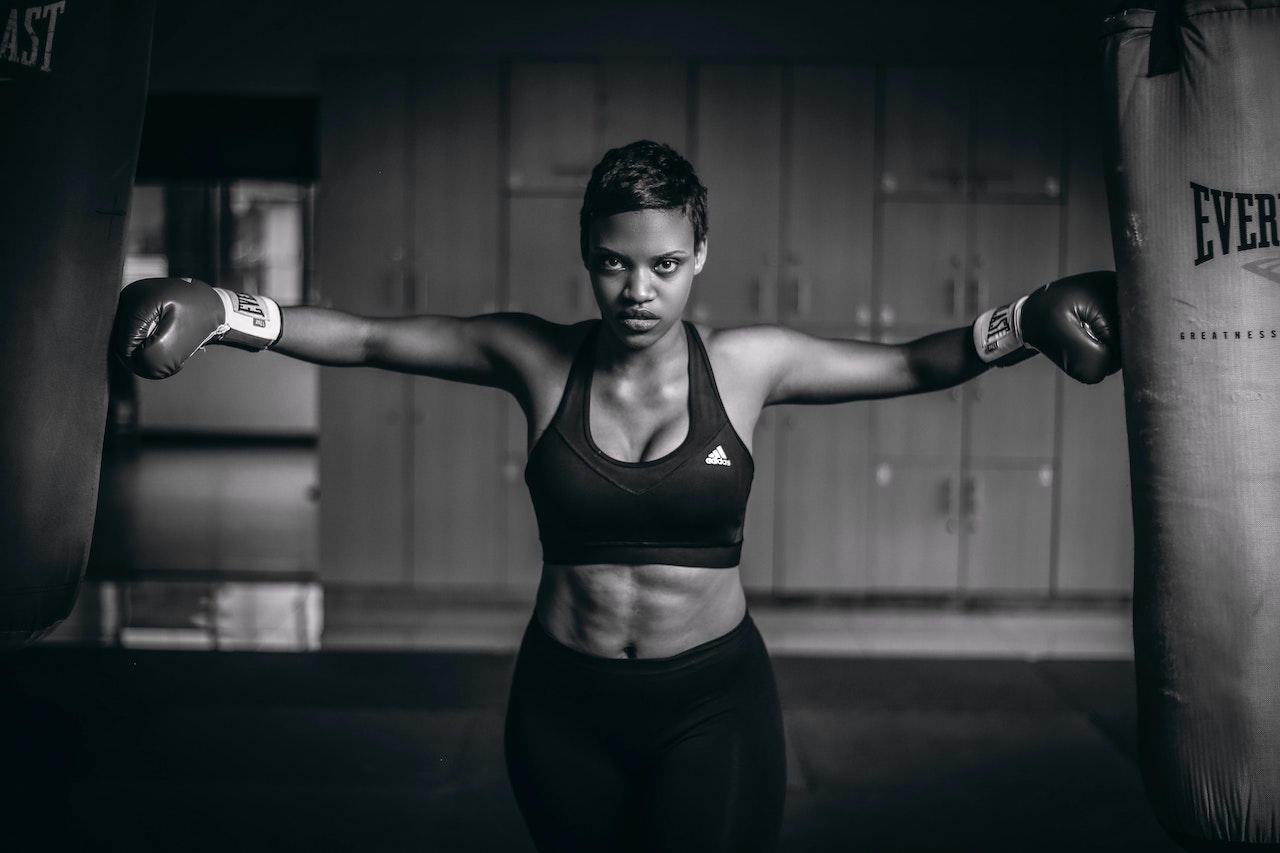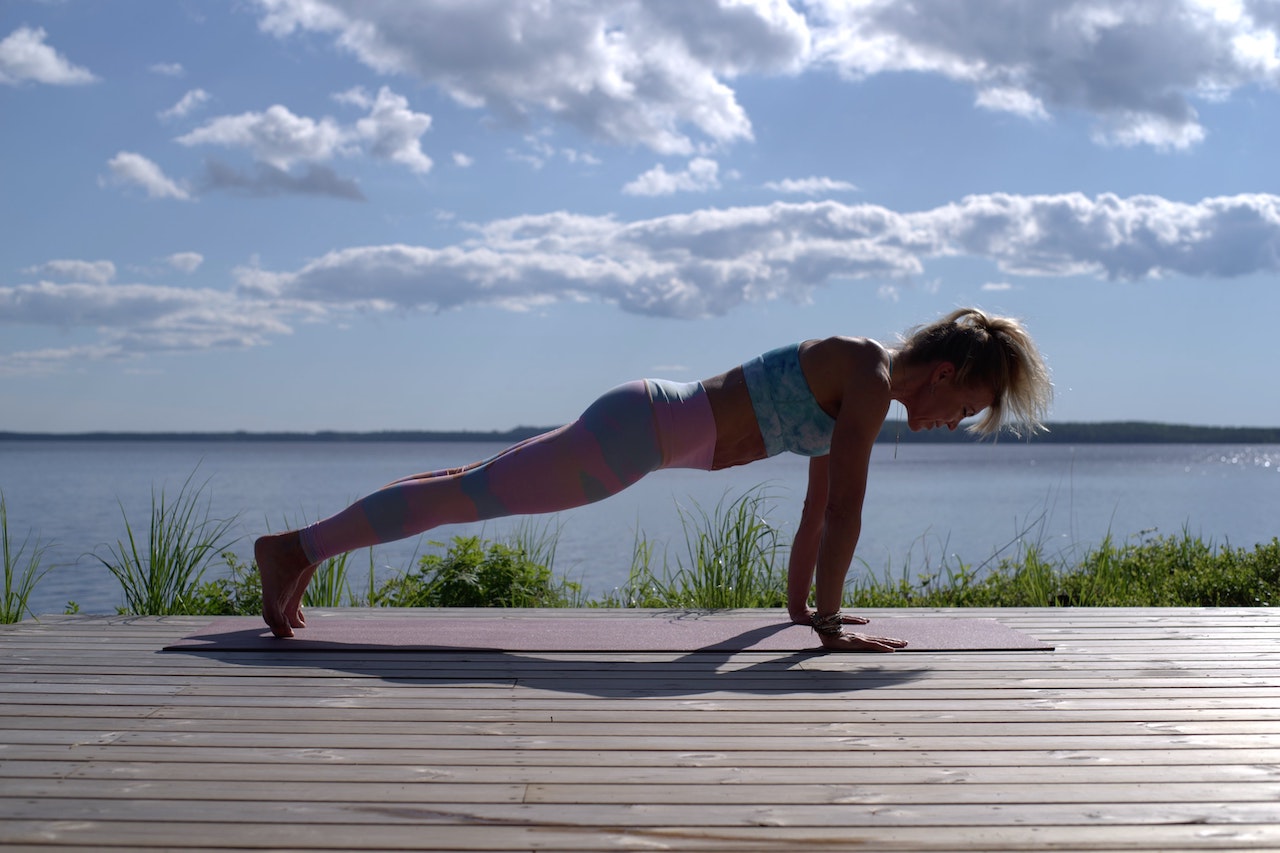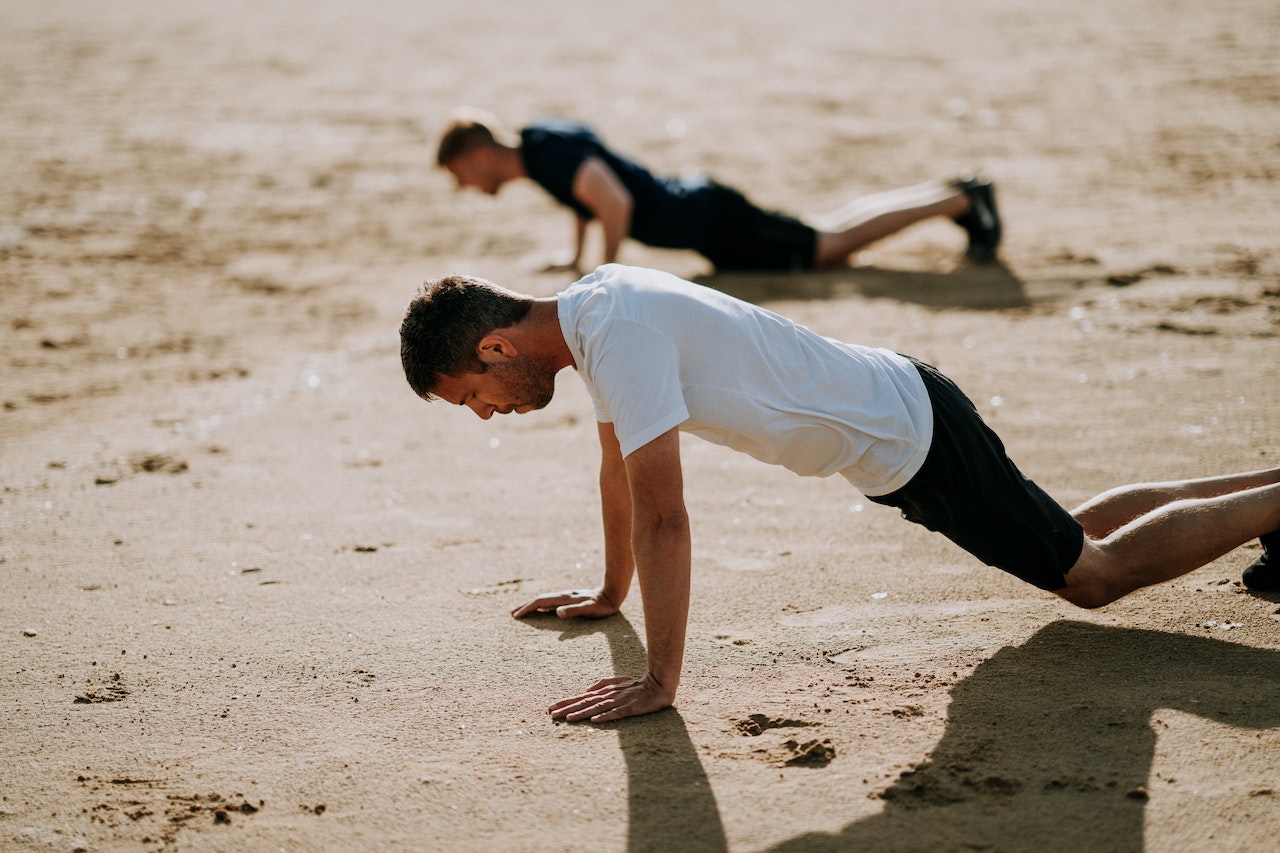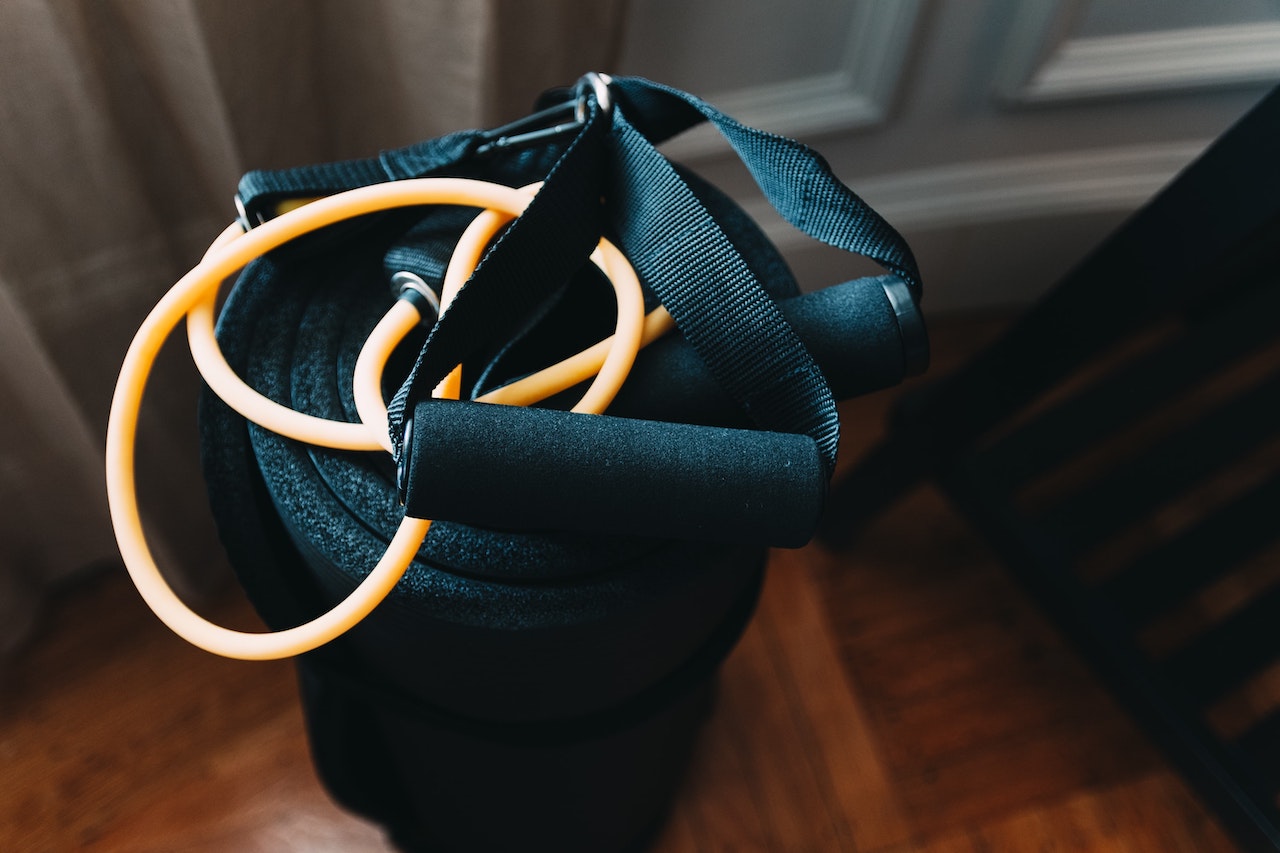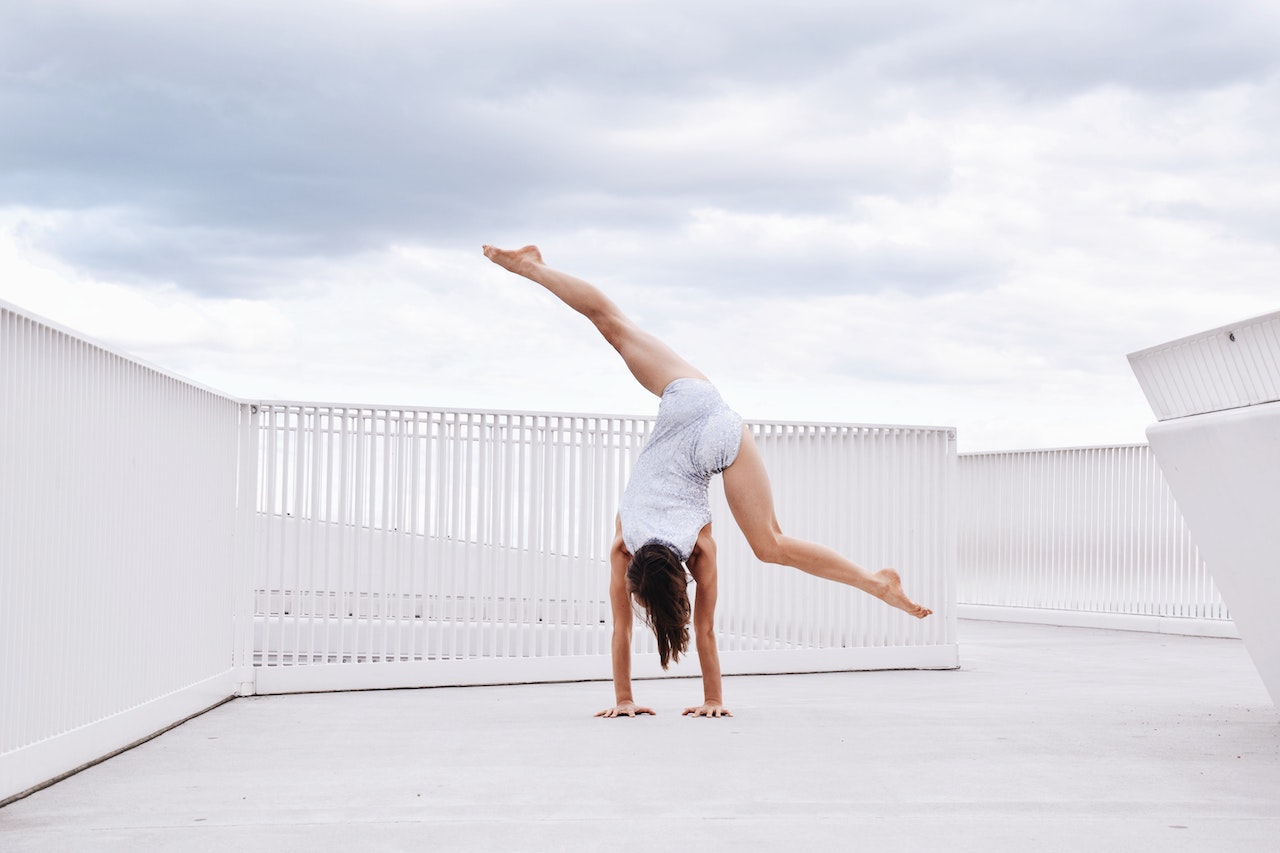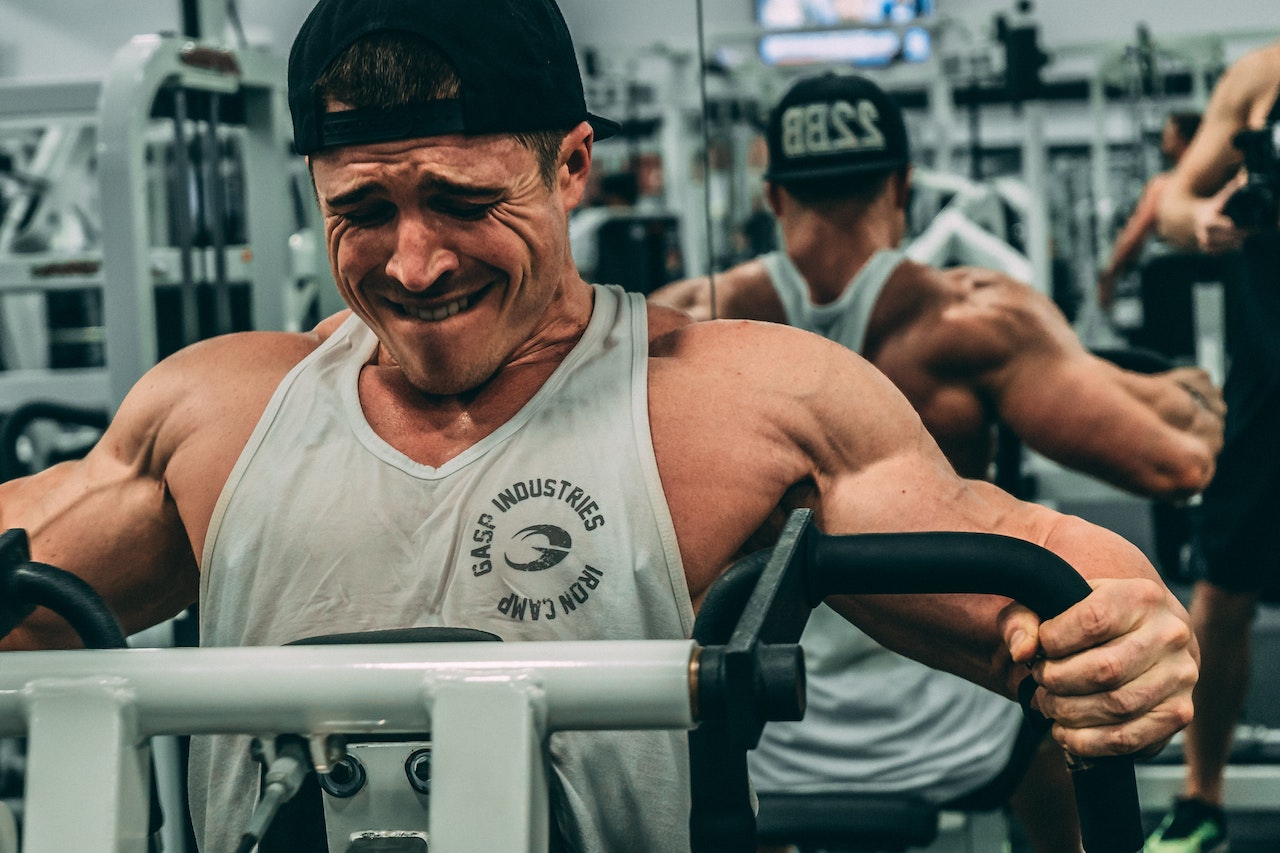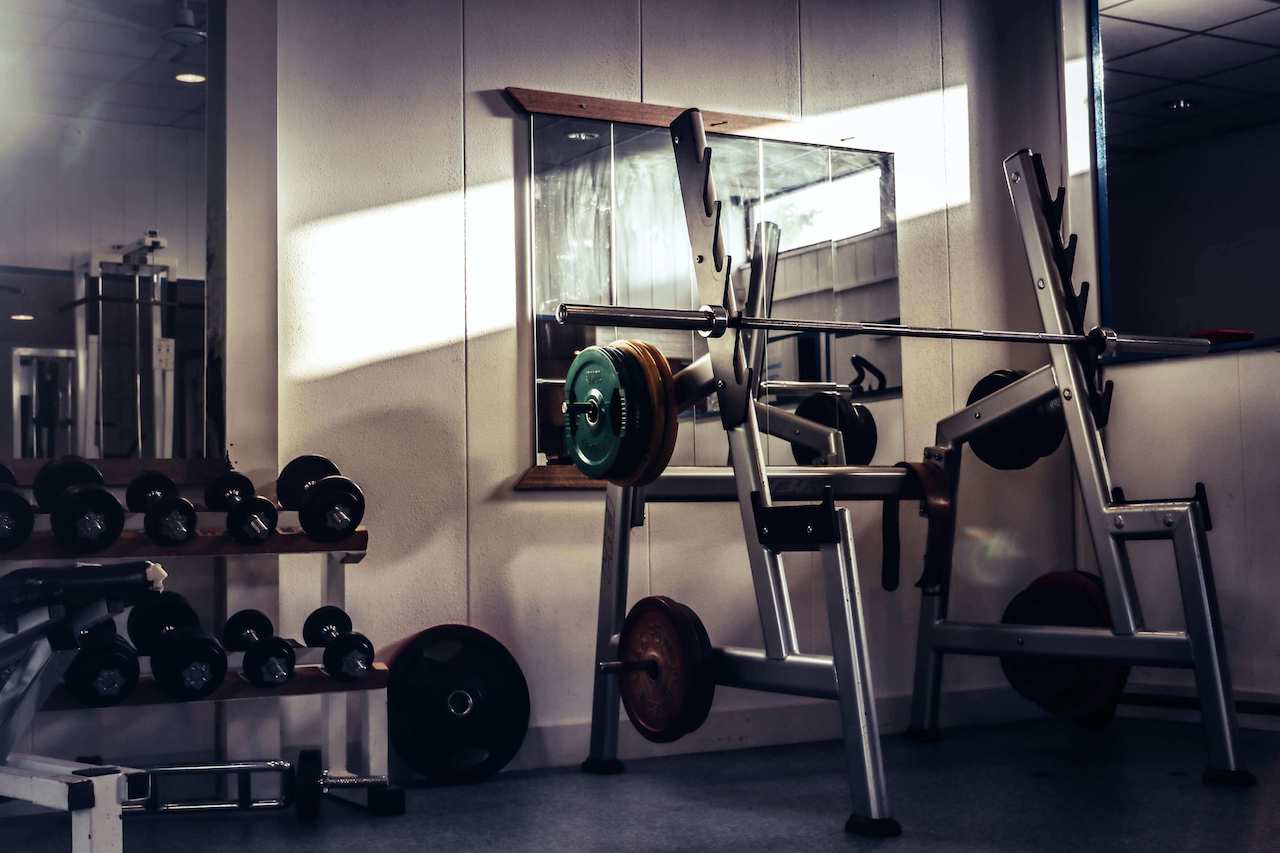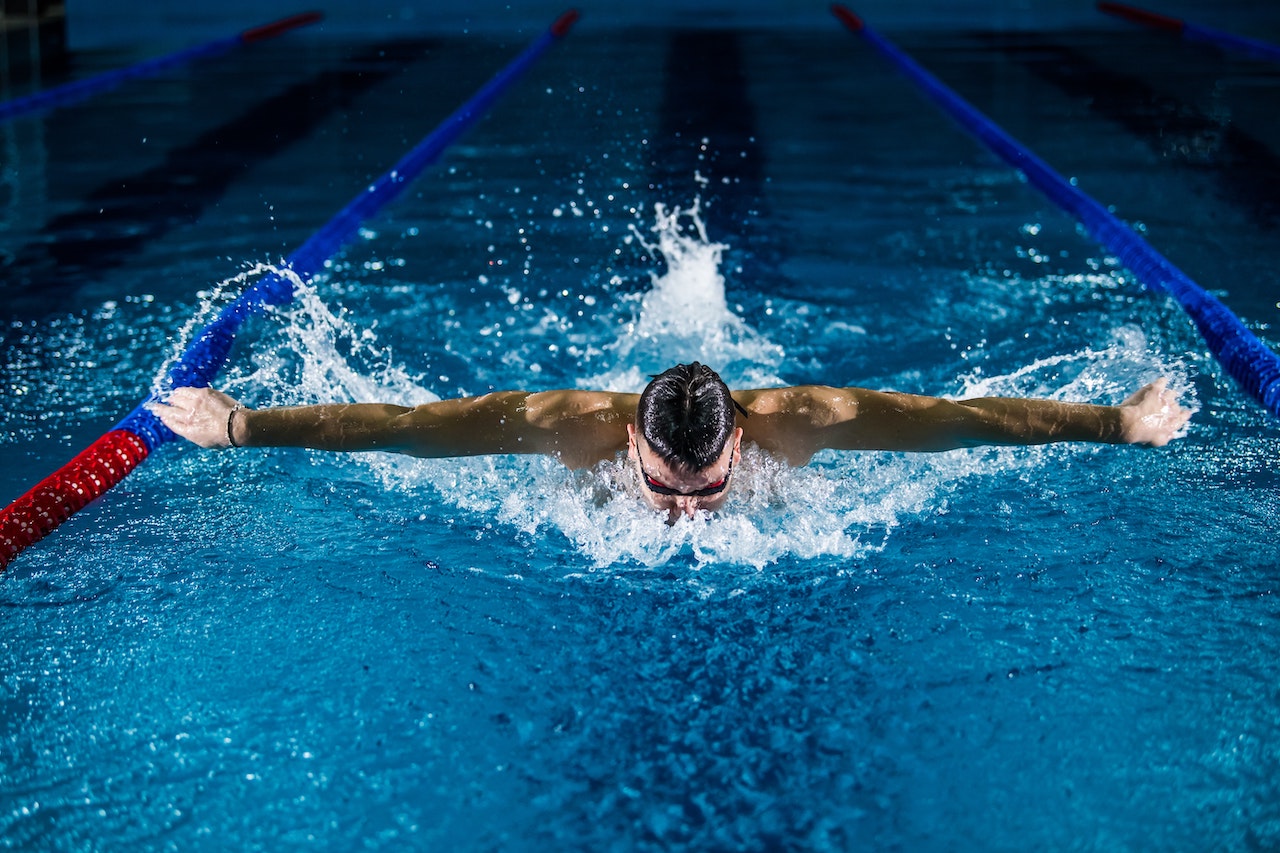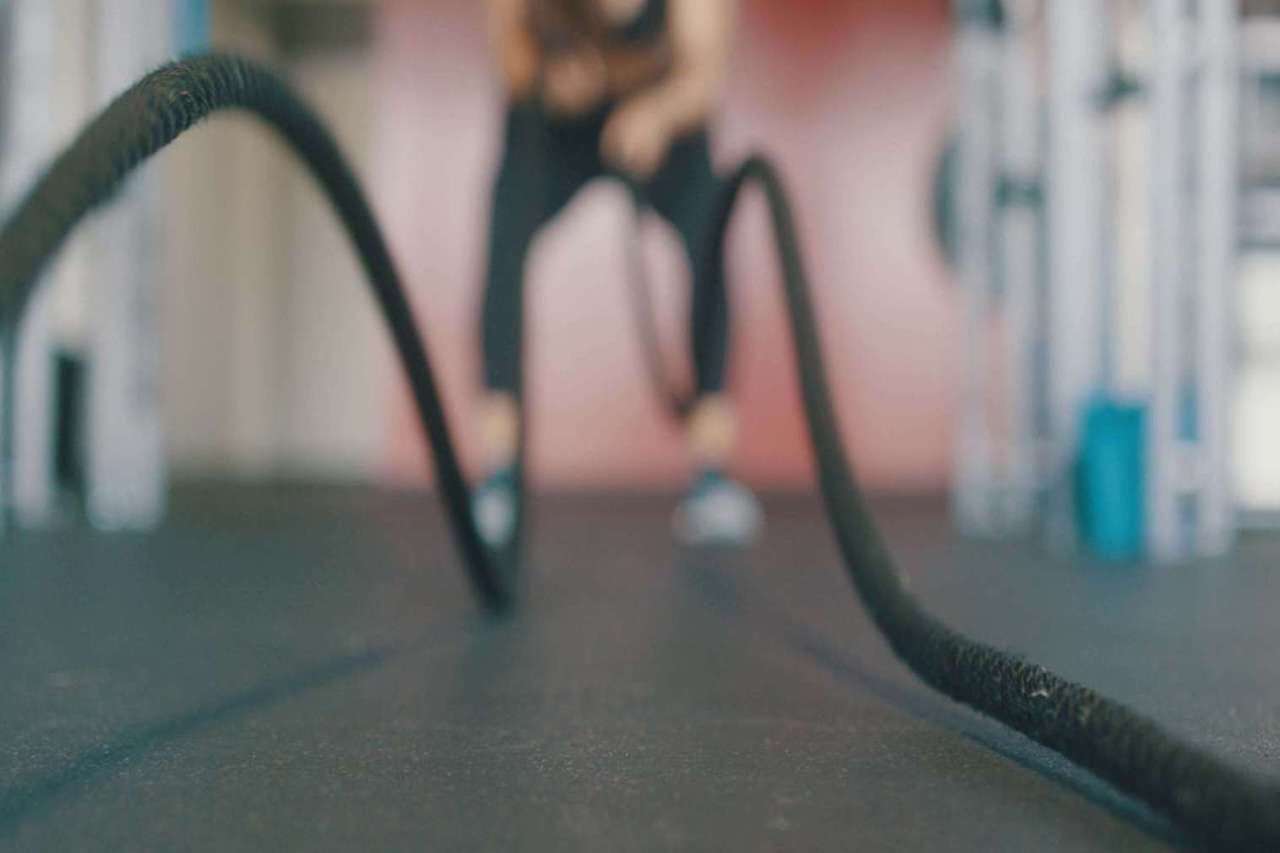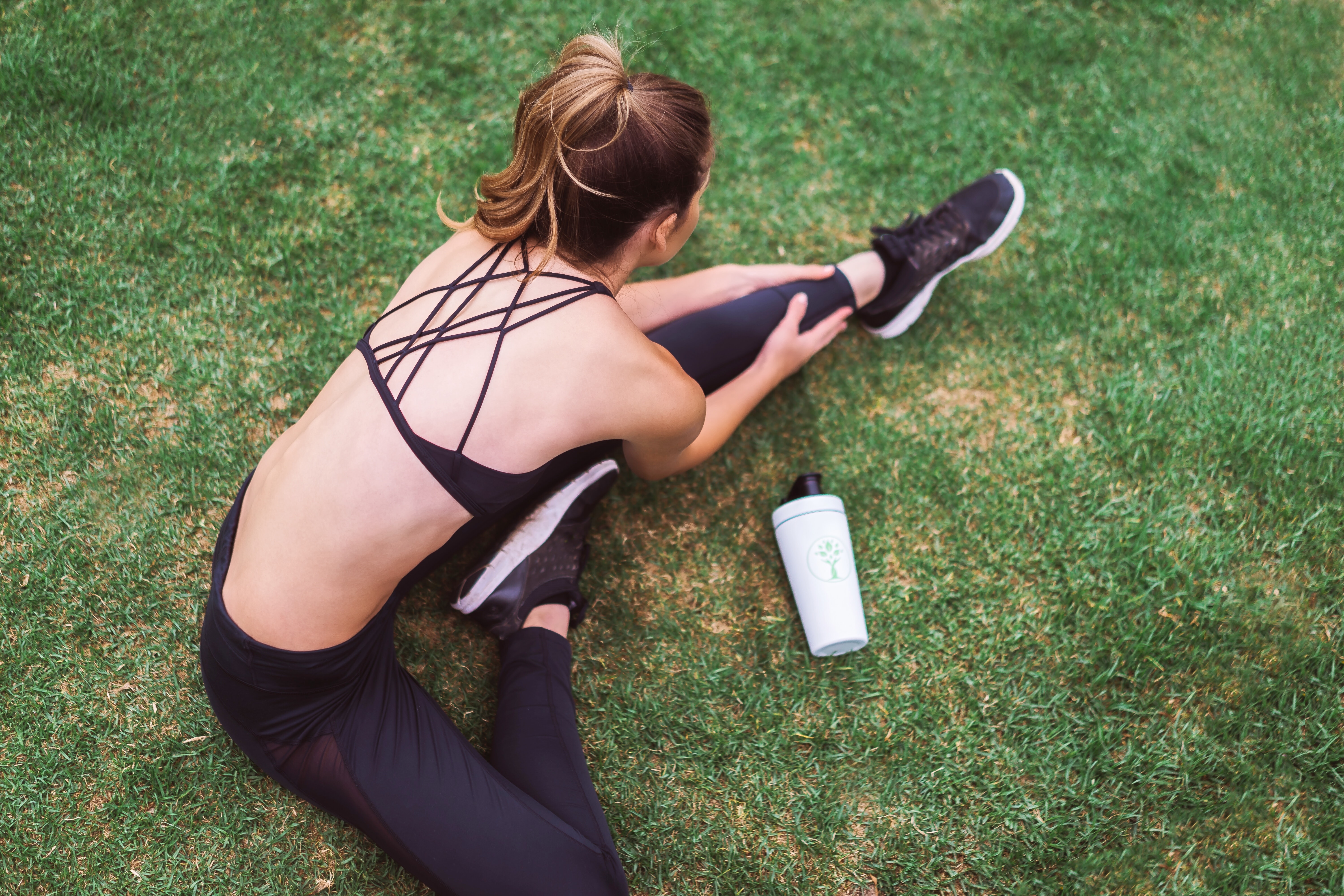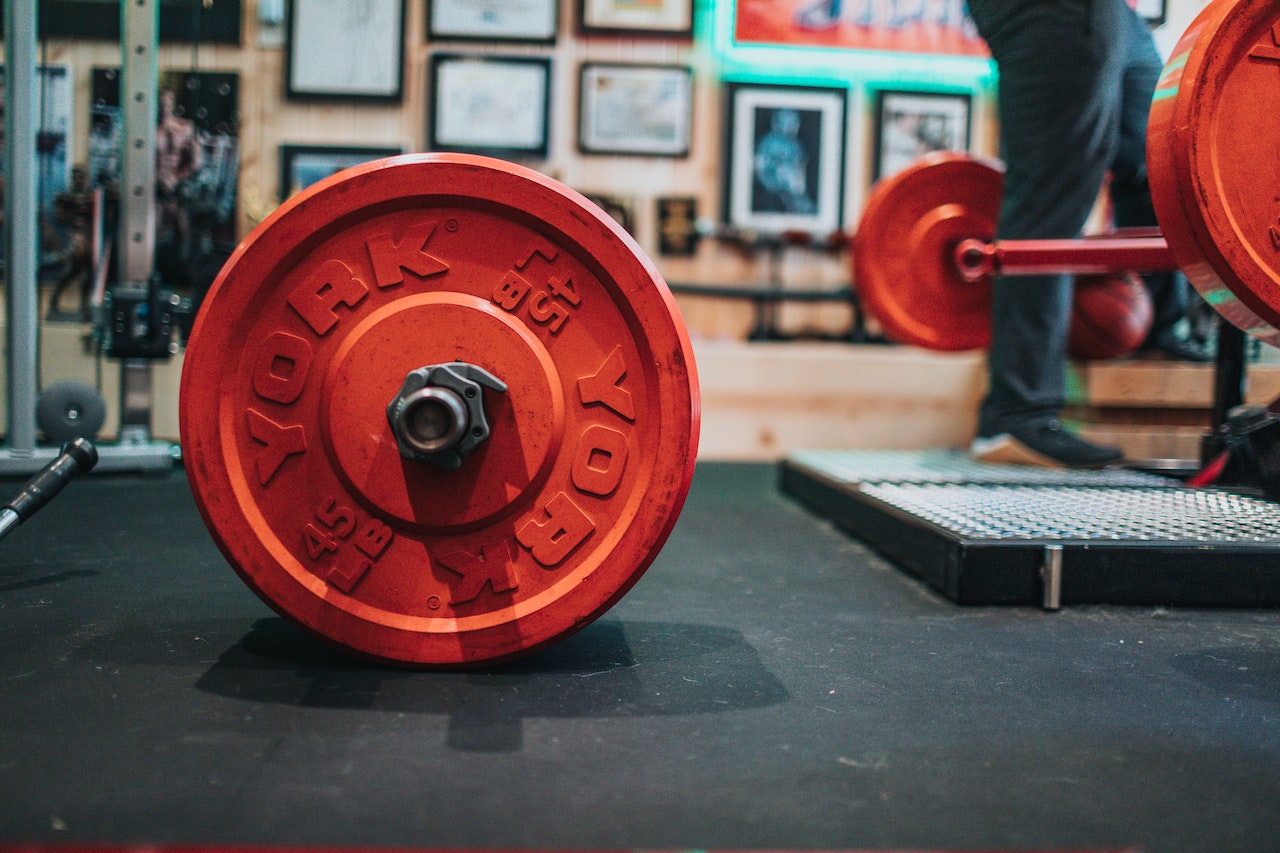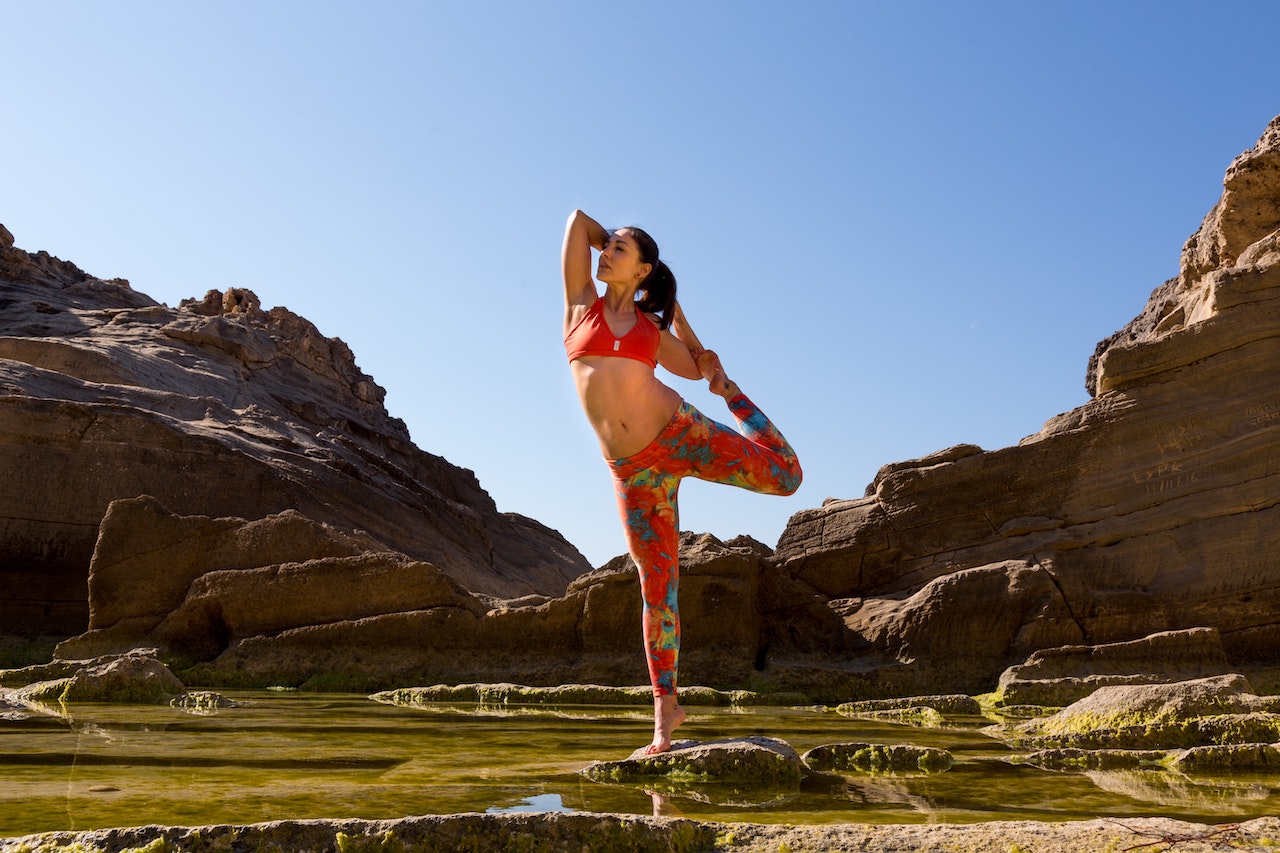Should i go for weight or mass in my leg training? If the thigh muscles are not brought to their potential, such training is not complete or smart enough. Do you agree?
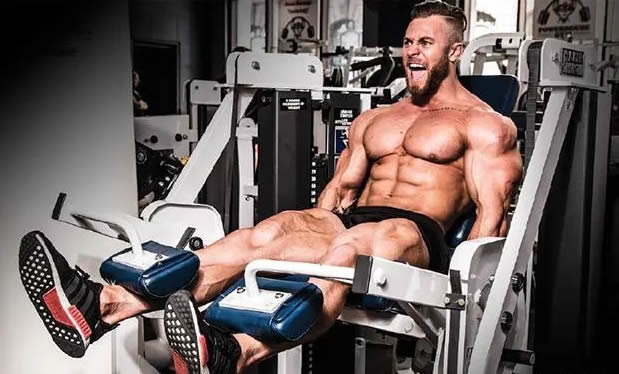
The smart way is not to keep adding pieces to the barbell, but to train in reverse, like taking the muscles apart again and understanding them anew. If you are also experiencing a bottleneck in your leg training, perhaps this workout is the start of your progress.
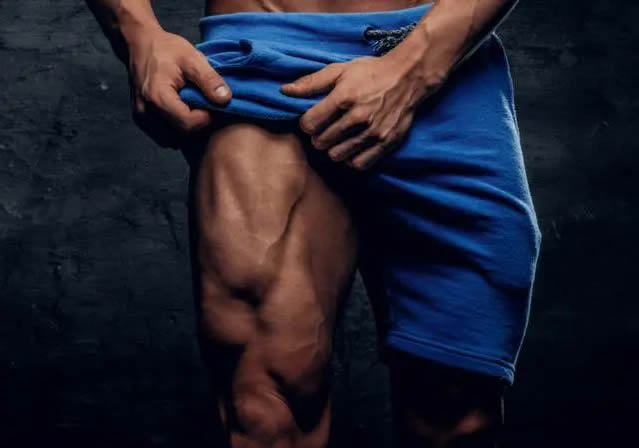
using the quadriceps as an example, one can easily do the basic model quadriceps workout: Squats, then leg raises, followed by huck squats, arrow squats and leg curls. Do this workout with sufficient intensity and the quads will likely respond to the stimulus and grow over time.
But what if nothing works? There are certainly remedies that can be tried - such as changing the details of the workout, the number of sets and reps, or even adding techniques such as decremental sets, rest/pause sets or centrifugal training.
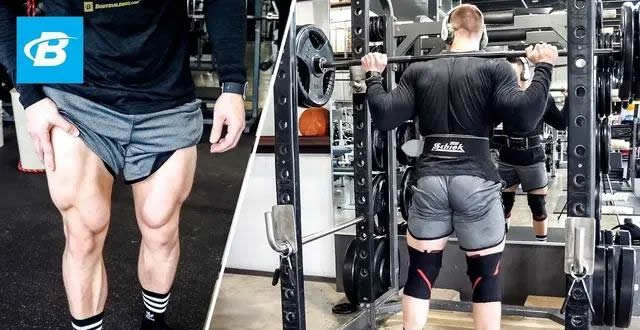
alternatively, the training can be reversed. This will not only create a stimulus to the overall training and break the training bottleneck, but it is a break from past regimen training in a slightly new way. So today we are discussing reverse quadriceps training.
Machine leg curls and extensions
typically, the leg flexor is used as a warm-up before heavy weight training. You can use it here to warm up, but instead of giving up after a few high reps, challenge yourself to greater intensity and do 12 reps or power reps per set for at least 5 sets; if you choose a very light weight, definitely do full power reps.
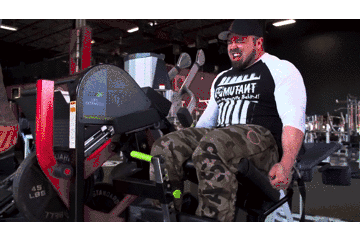
how to do.
Adjust your seat and sit on the machine with your feet hooked under the padded bar. Keep your head straight and hold the handles firmly for stability. With your feet straight ahead and knees extended, squeeze your quads hard and slowly lower the weight before starting the next movement.
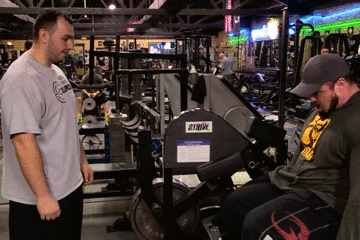
dumbbell arrow walk
take a pair of slightly heavier dumbbells and walk 20 steps per set - mark each step for one count and 10 steps per leg.
No exertion here, just a hard walk with a deep stretch in the thigh muscles to prepare you for the next 3 moves.
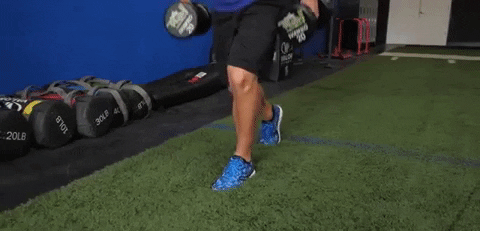
how to do.
Hold a dumbbell in both hands and step forward with one foot. Bend your knees and lower your body towards the floor, making sure your front knee does not go over your toes at the lowest point. Stop when the back knee is about to touch the ground and drive the heel of the front foot while keeping the back leg forward until the body reaches a standing position. Switch to the other leg and do an arrow squat, alternating between repetitions.
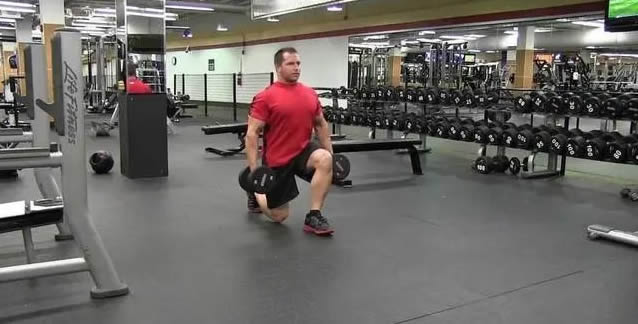
huck squat
huck squats are placed in the middle of the training programme and can be trained with all your strength. Do incremental sets of 5, squatting to the lowest point of the movement in each movement to get a full, explosive range of motion.
If you have a partner to protect you, you can be very effective in protecting yourself in the last few movements.
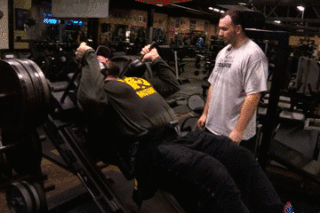
how to do.
Walk to the apparatus and lean your shoulders and back on the mat. Stand with your feet in the middle of the pedals, shoulder-width apart, keeping your feet planted firmly throughout the movement. Lift chest, tighten core, raise bar and lower to lowest point, stopping when thighs are parallel to pedals. Step up hard to the starting position, keeping your knees slightly bent at the highest point.
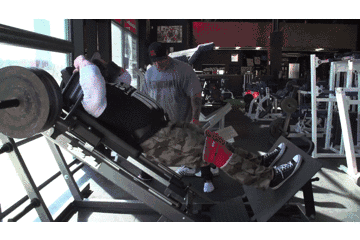
leg raises
from this movement onwards, the normal training weight starts to be affected. The fourth movement does the leg raise and cannot be done at the same weight as the normal training weight. However, the same level of muscle stimulation can still be obtained.
In this movement, try a floating weight approach: In the first 3 sets, increment the weight to the last of the first 3 sets, using a set of 6 reps, and in the fourth set, unload a barbell piece on each side, aiming for 15-20 reps per set.
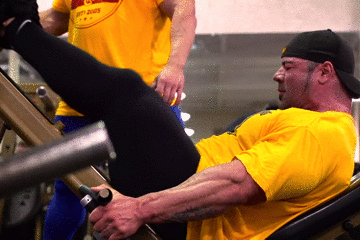
how to do.
Sit on the equipment with your feet on the pedals and stand shoulder-width apart. Keeping your chest up and your back against the mat, carefully raise the bar. Bend the knees and lower the weight, keeping the gluteus maximus close to the mat. Hold this position at the lowest point and contract the quadriceps for a few seconds. Extend the knees and step the weight upwards, stopping close to the knee lock position.
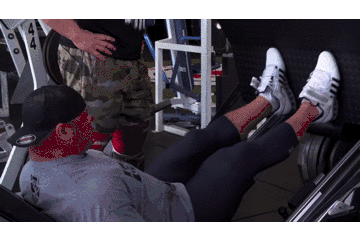
barbell deep squat
with unsteady legs and depleted energy, this is certainly not the time to attempt a personal maximum weight in a deep squat. This is a great opportunity to deep squat in a different way, i.e. Do small weights, high reps and burn as much quads as possible.
If you don't have a partner to protect you, it is recommended to use smith equipment for deep squats rather than barbell squats. When using smith equipment, even if you are unprotected, you should use a safety bar and unload the barbell at the point of exhaustion. Do 5 sets at a lighter weight, perhaps 60kg, 80kg or 100kg depending on usual strength, completing 12 sets each with rest periods limited to 1 minute or less.
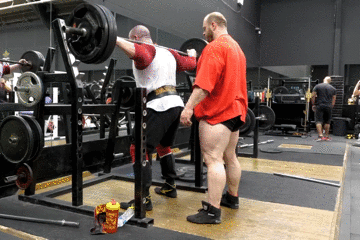
how to do.
Start the bar with your feet shoulder-width apart. Keep your knees slightly bent, toes outward in the same direction as your knees. Keep your head in a neutral position, core tight and torso upright. Bend the knees and flex the hips and lower slowly as if you were going to sit on a chair. Squat down as far as possible, preferably with thighs parallel to or below the floor level, maintaining the natural curve of the lower back. Drive your body with your feet, extend your hips and knees to achieve a standing position and repeat.
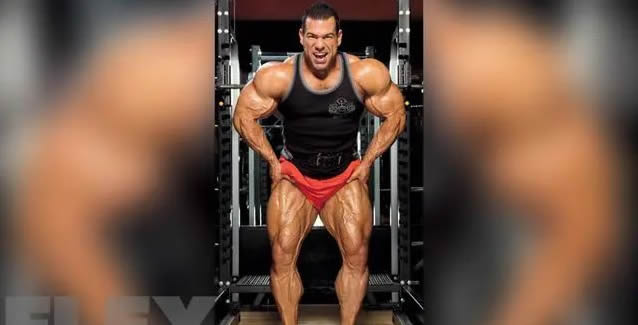
to achieve an effective quality of training, think and train differently, even with light weights you will get good results and you can even train your legs 2 times a week for a significant thigh lift!

